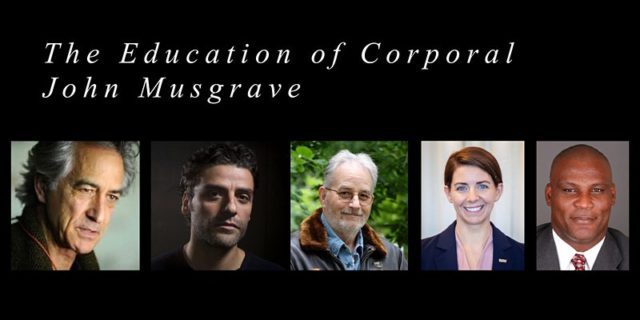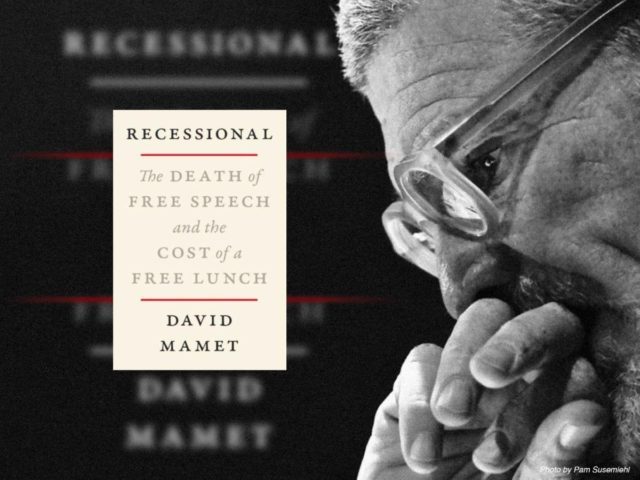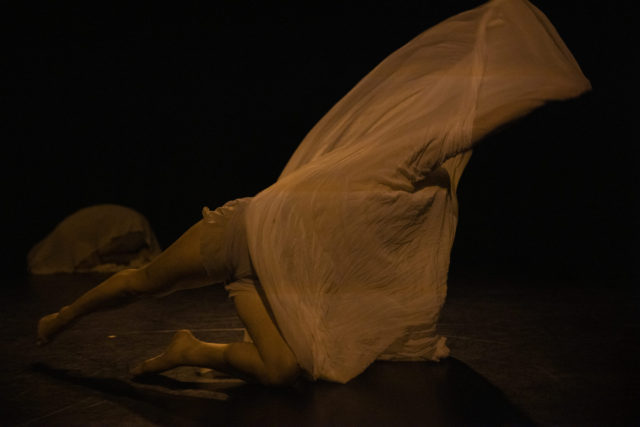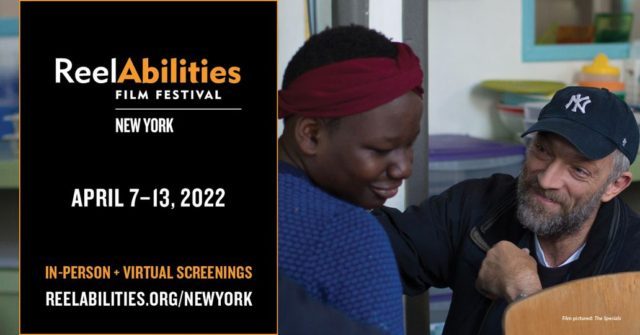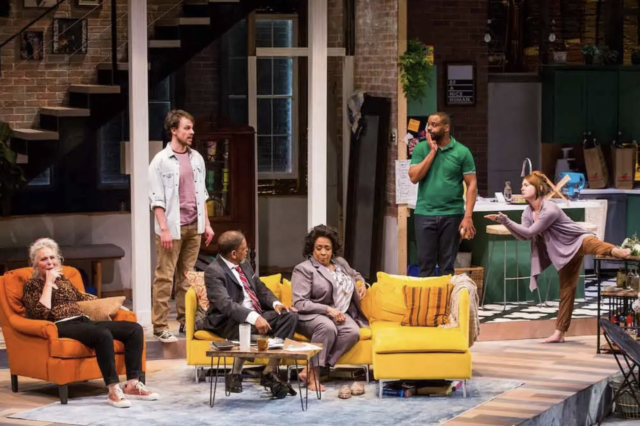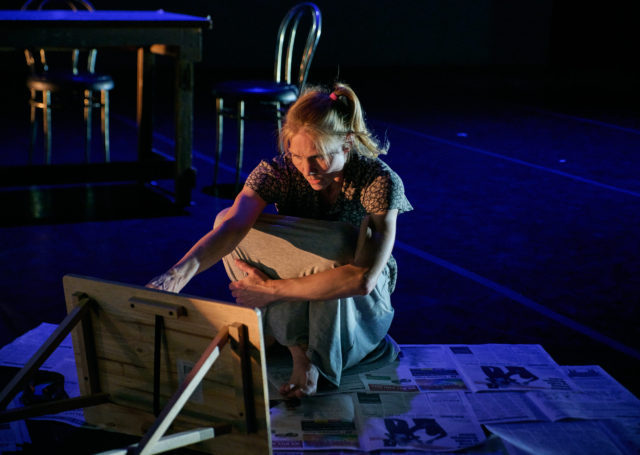
Tiffany Mills’s Homing kicks off La MaMa festival (photo by Robert Altman)
Who: Tiffany Mills Company, Johnnie Cruise Mercer, Jesse Zaritt, Gerald Casel Dance, Pele Bauch, Marina Celander, Compañía Cuerpo de Indias, Valetango Company, John Scott Dance
What: Seventeenth La MaMa Moves! Dance Festival
Where: La MaMa, Ellen Stewart Theatre and the Downstairs Theatre, 66 East Fourth St. between Bowery & Second Aves., and online
When: Thursday – Sunday, April 14 – May 1, $20-$30
Why: Following two iterations in 2021, one online only, one hybrid, La MaMa Moves! Dance Festival is back where it belongs at the Ellen Stewart and Downstairs Theatres, highlighting works by nine dance artists and companies Thursday through Sunday through May 1. “This season’s choreographers are working with a myriad of issues: reexamining the meaning of home, researching postmodern dance as a racial construct, and recognizing the essential need for trust in our everyday lives,” curator Nicky Paraiso said in a statement. “These concerns have arisen in a time of crisis, uncertainty, and also reflection, questioning the ways we respond with our bodies, our minds, our hearts. The artists in this season’s festival have taken on these issues in creative, thoughtful, deeply felt ways.” The shows will be available for streaming following the live performances.
The festival kicks off April 14-16 with the world premiere of Tiffany Mills Company’s Homing, part of the troupe’s twentieth anniversary season, performed by Mills, Jordan Morley, Nikolas Owens, Emily Pope, and Mei Yamanaka and set to music by Max Giteck Duykers. April 15-18 sees a twin bill of Johnnie Cruise Mercer’s journey of coming out and reconciliation, Process memoir 7 (Vol. 5): to land somewhere unfelt, and Jesse Zaritt’s No End of Detail (III), a solo show exploring body rituals and Jewish-American identity. The New York premiere of Gerald Casel Dance’s Not About Race Dance takes place April 22-24, performed by Casel, Styles Alexander, Audrey Johnson, Karla Quintero, and Cauveri Suresh, with live sound design by Tim Russell. That same weekend finds a shared evening of two world premieres, Pele Bauch’s A.K.A. Ka Inoa, which examines names and ethnic identity, and Marina Celander’s Stone She: Space Edition, about humanity’s disconnect with nature, with Celander, Asma Feyjinmi, Michaela Lind, and Katja Otero and millstone design by Emma Oppenheimer.
On April 23, Movement Research will host the offsite afternoon symposium “Secret Journey: Stop Calling Them Dangerous #3,” with the unstoppable Yoshiko Chuma and others. The final weekend consists of the US premiere of Compañía Cuerpo de Indias’s Flowers for Kazuo Ohno (and Leonard Cohen), honoring Ohno, one of the creators of Butoh, and folk legend Cohen; the world premiere of Valetango Company’s Confianza (“Trust”), in which Rodney Hamilton, Orlando Reyes Ibarra, Alondra Meek, and Valeria Solomonoff seek transformation; and the US premiere of John Scott Dance’s Cloud Study, performed by Mufutau Yusuf and Magdalena Hylak, set to music by Ryan Vial.
